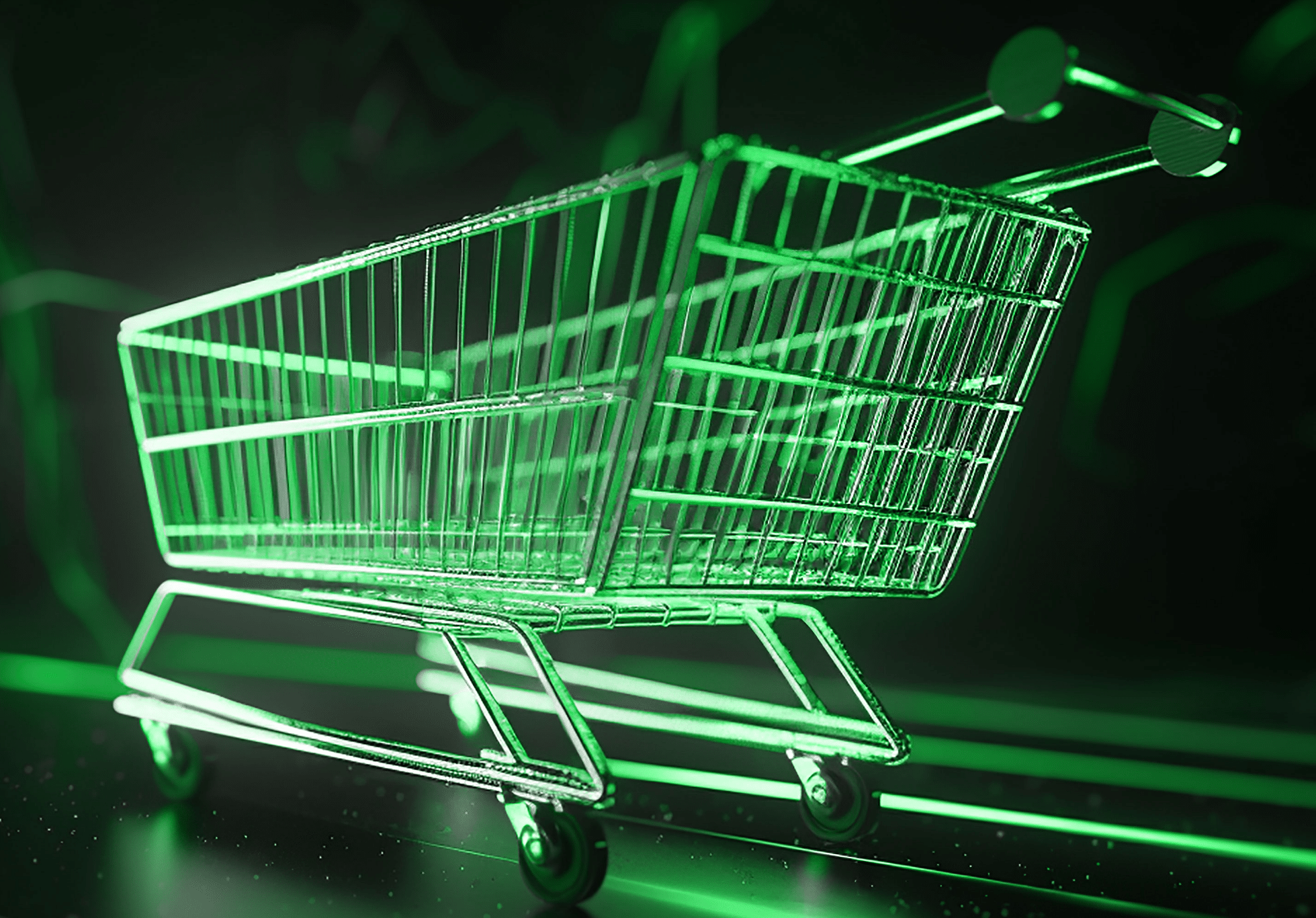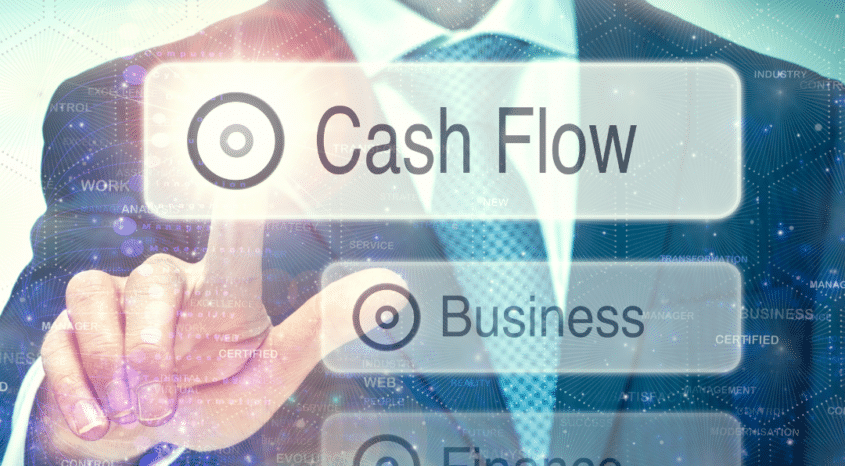The B2B e-commerce market is not only substantial (it’s currently double the size of the DTC market!) but it’s also expanding at a remarkable rate of 18% annually. As businesses increasingly adopt digital channels, understanding the latest trends and strategies in B2B e-commerce is crucial for staying competitive and capitalizing on new opportunities.
This month for our Industry Roundtable, we spoke to a panel of handpicked global experts about the big changes shifting the B2B e-commerce landscape, and their opinions on how to prepare for new and emerging trends and technologies. Here’s what they had to say…
[In our previous roundtable, we delved into how AI is transforming personalized shopping experiences and boosting sales for retailers. If you missed it, you can catch up here.]
What are the key trends currently shaping the B2B e-commerce landscape, and how are they expected to evolve in the coming years?
“Trends I’m noticing: more and more buyers prefer to simply log in and buy with little intervention from a sales rep. The growth of marketplaces is a significant trend pushing the industry forward. Also, the majority of B2B buyers are increasingly millennials – companies not catering to this cohort of online buyers will be falling behind. ” Isaiah Bollinger, CEO of Trellis
“We’re seeing more demand for direct-to-customer style buying experiences, but within B2B. Wholesale buyers want intuitive, seamless customer journeys that feel familiar – think quick-buy collections, searchable catalogues, straightforward pricing widgets. There’s also a big shift towards internationalization. With tech like TikTok Shop and AI developing every day, it’s exciting to see what the future holds for wholesalers.” Lucy Vinestock, Marketing Manager, SparkLayer
“There’s the rise of AI-driven personalization, seamless omnichannel experiences, and blockchain for enhanced security. In the coming years, expect these trends to evolve – predictive AI analytics, integrated AR/VR for virtual product demos, and increased use of decentralized finance (DeFi) solutions.” Joel Wilson, Director of Sales, Infoplus
“Historically, B2B eCommerce sites have lagged behind DTC sites in transforming their websites from lead generation tools into knowledge and resource hubs. As a result, there’s been a surge in content such as articles, blog posts, white papers, and exclusive reports.
Moreover, B2B brands are expanding engagement methods beyond lead forms. Tactics like chatbots, demos, webinars, and newsletters are now being used to better understand buyer needs and behaviors, aiming to advance them toward qualification.” Melissa Clark, Director of Corporate Product Marketing, SPS Commerce
How can B2B companies balance personalization and scalability in their e-commerce strategies, to meet diverse customer needs while growing efficiently?
“Personalization is important, but only once you have the basic foundations . The first step is personalized pricing, product recommendations, and payment options. Once you achieve this you can move on to more advanced personalization tactics like unique content and tailored web browsing experiences.” – Isaiah Bollinger, CEO, Trellis
“Automated add-ons linked to buying history is a speedy way to optimize the customer journey. At SparkLayer, we offer Shopping List functionality for wholesale customers, meaning they can add previous orders (or items) to their checkout in one click. This is a great way to enhance customer experience in a sustainable, scalable way.” – Lucy Vinestock, Marketing Manager, SparkLayer
“I encourage clients to be ‘digital by default’ and use the B2B website as the de-facto sales channel for new accounts. It’s certainly helpful if customers’ account creation processes can be completed via automation, so clients are onboarded to the site when their account is opened.” Joseph Brown, Operations Director of Kubix Media
What emerging technologies or innovations are likely to disrupt the B2B e-commerce space, and how can businesses prepare for these changes?
“Integrations will be big – making it much easier to connect retail operating systems to e-commerce platforms. Some of this already exists, but further enhancements will be made. Also, I’m thinking companies that have the most data around their customers’ B2B buying experience will use AI analytics tools to outrun their competitors. – Isaiah Bollinger, CEO of Trellis
“Artificial intelligence and blockchain are set to revolutionize B2B e-commerce making complex transactions quicker and easier. To prepare, businesses should invest in the right tech, embrace agile strategies, and continuously update their digital infrastructure.” Joel Wilson, Director of Sales, Infoplus
How should B2B businesses approach customer experience management to differentiate themselves from competitors and build long-term relationships?
“A seamless experience – from sign up through to searching and buying – is crucial. Focus on making the portal as ‘self service’ as possible – including credit terms and other payment options.
Every B2B business is different, but I would try and build online tools that make it easier for your customers to get their goals done in less time. This isn’t always about physical products, it could be providing resources or AR tools for visualizations, for instance.” – Isaiah Bollinger, CEO of Trellis
“Recognizing the needs of B2B clients and how they differ from DTC customers from the outset is key. My generic advice would be to complement existing processes, especially around customer service and communication – which shouldn’t be wholly replaced with technology. I’d give the team the flexibility to manage clients directly on a case-by-case basis, as relationships are everything – especially with B2B clients! – Joseph Brown, Operations Director of Kubix Media
What role does data play in optimizing B2B e-commerce strategies, and how can companies leverage data analytics to make informed decisions?
“Data is crucial for B2B – it provides insights into customer behavior, market trends, and operational inefficiencies. We use analytics to track sales metrics and identify growth opportunities.” Joel Wilson, Director of Sales, Infoplus
“Analytics and data are big for B2B e-commerce – it gives you a deeper understanding of where your high-value and repeat customers are coming from, as well as key information on basket components. If your best customers come from referrals, introduce a partner scheme and incentivize your existing customers to recommend you more. If they’re from a certain ad set or location, double down on that advertising and enhance your ROAS even more.”- Lucy Vinestock, Marketing Manager, SparkLayer
“It’s important for businesses to carefully consider the data they’d like to measure and how it’ll differ from their DTC site, if relevant. Technology adoption is a particularly interesting metric, especially if retailers have recently relaunched their B2B site – it’s good to see who’s using the site and how it changes over time, especially against a strong comms strategy.
I always encourage clients to have a Business Intelligence platform planned out before it becomes a requirement – there’s lots of tools available to help consolidate data and it doesn’t need to be PowerBI! – Joseph Brown, Operations Director of Kubix Media
Future-proof your business with Brightpearl. Retail brands use Brightpearl by Sage to simplify, streamline and automate their operations.
Want to know more? Book a free personalized demo now.




